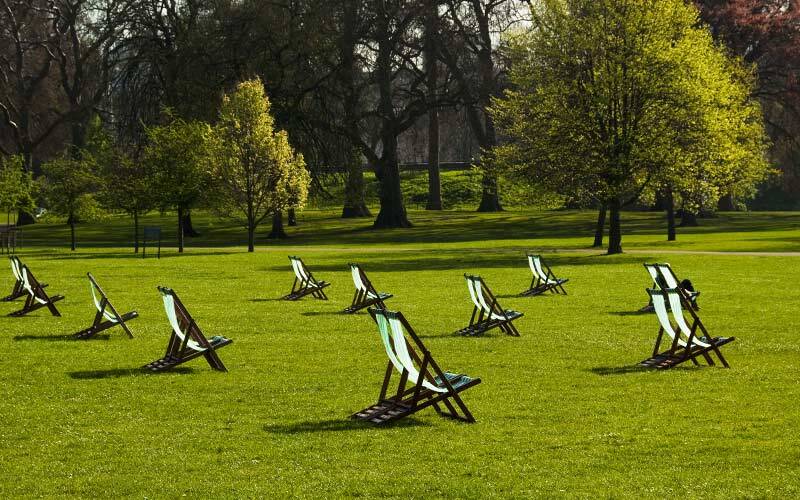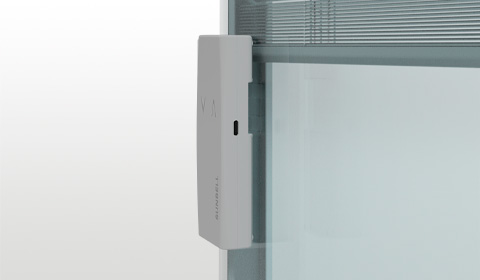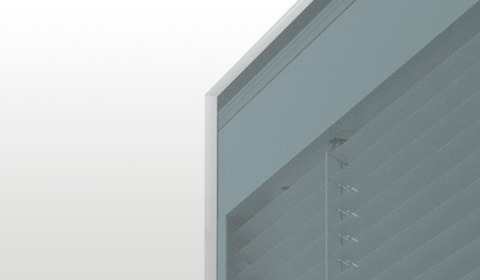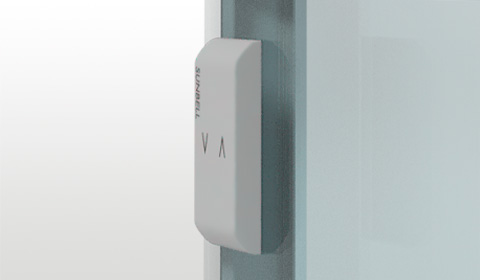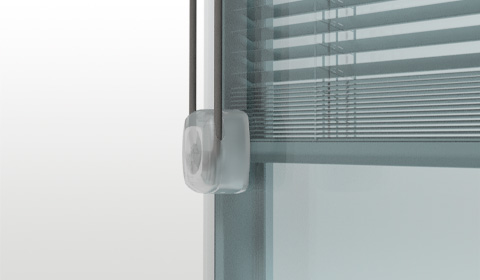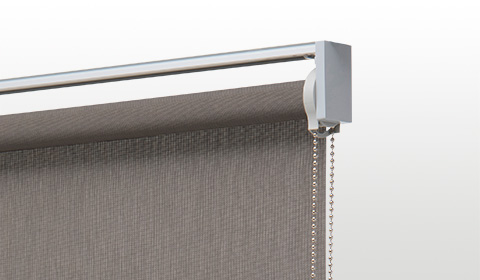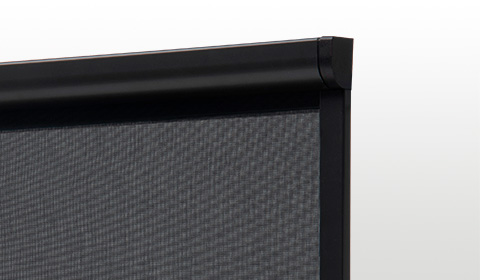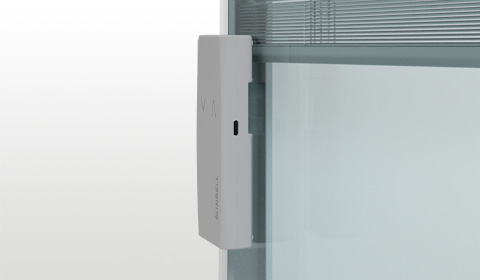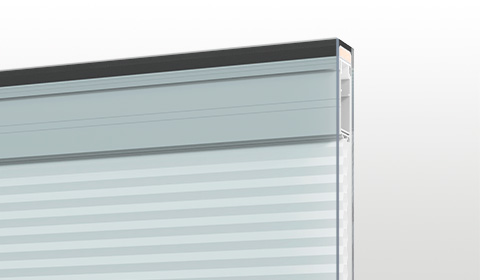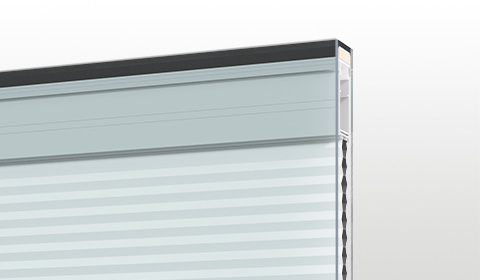The definition of placemaking is not straightforward as it can change depending on different factors and individual points of view. A project planner, public official, organisation, private citizen and ‘placemaker’ will each have a different idea of this concept.
However, it’s easier to say what the result of placemaking should be: a big public place where it’s easy to spend time and where you want to go back time and time again.
This is an essential process if we want to improve a neighbourhood, a city or a county, thanks to a practical and functional approach focused on isolated or abandoned public places.
Placemaking is a collaborative process through which it is possible to reshape the public sphere and to give shared resources value, reinforcing the connection between people and the places they share.
Placemaking and its contribution to the community
As well as aiming to promote improvements to urban planning, placemaking pays particular attention to the physical, cultural and social identities that define a place.
By considering people as the key focus of attention, this development process enhances the resources, the ideals and the potential of a local community.
This process transforms shared places into high-quality public spaces, contributing to people’s wellbeing, happiness and personal health.
Placemaking wants to show people how powerful a collective vision can be: re-imagining spaces and seeing the real potential of public parks, urban centres, seafronts, public squares, streets, markets, campuses and public buildings.
The origins of placemaking
Project for Public Spaces (PPS) is an organisation that promotes placemaking activities in many places worldwide and began to use the term at the end of the ’90s.
However, this is not a new idea; already in the 1960s writers like Jane Jacobs and Willima H Whyte – mentors of PPS – introduced a few ideas based on this concept, that were only crystallised a few years later.
PPS contributed to spreading this approach, launching basic ideas like developing large public areas and offering advice on improving life in cities.
For this organisation, placemaking was already a method with a strong philosophy behind it, focused on observing, listening and understanding the people living, working and playing in a particular place.
This initial phase is crucial to understanding their needs and their aspirations for the space itself and for its community.
This vision can evolve quickly during the implementation strategy, starting with basic economic improvements that can bring immediate benefits to spaces and the people living in them.
The key principles of placemaking
The placemaking approach as used by Project for Public Spaces can act as a springboard for re-launching a community.
From their years of experience, PPS has identified “Eleven Principles for Creating Great Community Places”, which are guidelines to help communities successfully integrate different needs and points of view in a shared project.
Below are 11 suggestions that can transform a shared vision into reality, based on making lots of small, patient steps and on listening to people and seeing what works best in different contexts.
- The Community is the Expert: identify the talents and assets within the community. They can offer a historical perspective and precious information on how the community works and its critical points.
- Create a Place, Not a Design: the goal should be to create a welcoming place, projecting a strong sense of community – an environment that can be more than just the sum of its parts.
- Look for Partners: essential if you want your project to go further. They can be local institutions, museums, schools, etc.
- You Can See a Lot Just By Observing: You can learn a lot from other people’s successes. Listening to how people use (or don’t use) public spaces or discovering what they like and what they dislike about them, make it possible to understand what makes them work or not.
- Have a Vision: understand what activities can take place in the community, make the place more welcoming, and enhance its qualities.
- Start with the Petunias: Lighter, Quicker, Cheaper: “Lighter, Quicker, Cheaper” is a phrase we borrowed from Eric Reynolds to describe the simple, short-term, and low-cost solutions that have remarkable impacts on the shaping of neighbourhoods and cities. Seating, outdoor cafes, public art, striping of crosswalks and pedestrian havens, community gardens and murals are examples of improvements that can be accomplished quickly.
- Triangulate: “Triangulation is the process by which some external stimulus provides a linkage between people and prompts strangers to talk to other strangers as if they knew each other” (Holly Whyte). In a public space, the choice and arrangement of different elements in relation to each other can put the triangulation process in motion (or not).
- They Always Say “It Can’t Be Done”: Creating good public spaces is inevitably about encountering obstacles, because no one, in either the public or private sectors, has the job or responsibility of “creating places”. Starting with small-scale community-nurturing improvements can demonstrate the importance of “places” and help to overcome obstacles.
- Form Supports Function: All the previous steps offer indications about the concept of space. Although the design is essential, these other elements tell you what “form” you need to accomplish the future vision for the space.
- Money is Not the Issue: If the community and other partners are involved in programming and other activities, this can also reduce costs. If they are involved in these steps, people will have so much enthusiasm for the project that the cost is viewed much more broadly and consequently as not significant when compared with the benefits.
- You Are Never Finished: By nature, good public spaces that respond to the needs, opinions, and ongoing changes of the community, require attention. Amenities wear out, needs change, and other things happen in an urban environment. It’s essential to be open to change and have the management flexibility to enact that change.
These 11 Principles, together with other instruments developed to improve places and communities – like The Power of 10, for example, which focuses on the ten most important reasons why people live in certain places – can help citizens bring immense change to their communities.
Placemaking: when can a public place really bring value to a community?
Nowadays the term “placemaking’ is used in many different contexts, not only by a community of people and organisations working to improve people’s quality of life but also by planners and developers that use the term as a ‘marker’ to highlight their search for authenticity and quality.
However, if the process is based on the people involved, it will never reach its full potential because creating a place is not the same thing as designing a building or building a square.
Authentic placemaking is when people with different abilities, who come from different socio-economic backgrounds can access and enjoy a place and play a key role in its creation, shaping its identity and also helping maintain it.
A Place Diagram is an instrument designed by Project for Public Spaces to help communities evaluate their places.
The internal ring represents the key attributes of a place, the central ring its intangible qualities and the eternal one its measurable data.
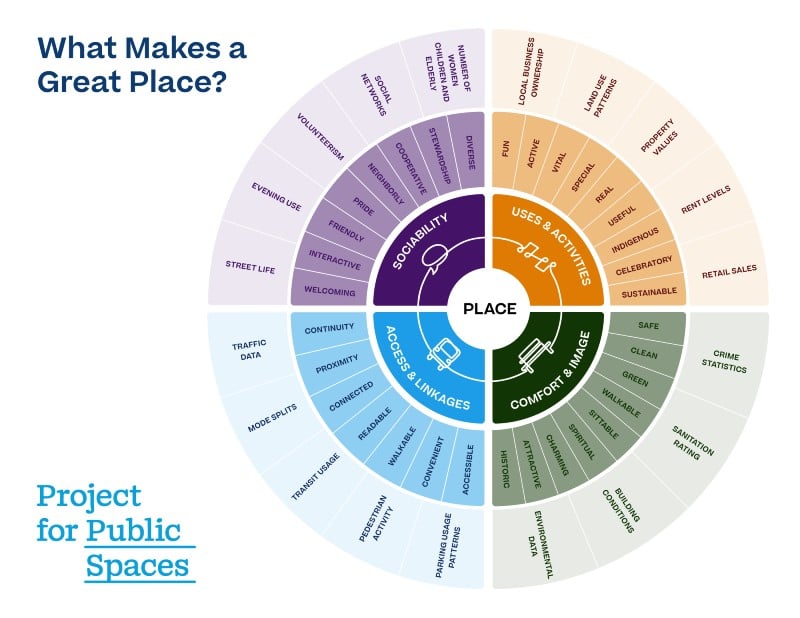
Placemaking belongs to everyone, especially to people interested in making public places valuable spaces for the community.
If you are interested in this topic and want to further your knowledge of it you can download this short book: “Placemaking, What if we built our cities around places?”.

